Essential Guide to Field Dressing a Deer for Optimal Meat Quality
Learn essential techniques for field dressing a deer to ensure optimal meat quality. Enhance your skills and preserve your harvest—read more now!
Field-Dressing a Deer: Why It’s a Hunter’s First Essential Step
When it comes to deer hunting, the journey from the field to the table involves more than just the thrill of the hunt; it requires careful attention to detail. This crucial step serves as the cornerstone of preserving clean, high-quality venison. Proper field dressing minimizes spoilage and contamination, ensuring that the meat remains safe and flavorful for your meals. In this guide, we’ll delve into essential tips and techniques for effectively field-dressing a deer, allowing you to maximize the bounty of your hunt and enjoy the fruits of your labor with confidence.
Preparing Before You Make the First Cut
Successful field dressing begins long before the knife meets the deer’s hide. It is essential to choose the right tools and lay them out properly while also positioning the deer for safe and efficient work. Most hunter have their personal preference of tools, however, having a game plan will help you when your field dressing a deer.
Knives
When it comes to field dressing, having the right knives is critical. Consider the following types:
- Fixed Blade Knife: Offers stability and strength for most cutting tasks.
- Folding Knife: Convenient for portability, but make sure it locks securely.
- Caping Knife: Ideal for skinning and precise cuts around the face and horns.
- Hatchet: Useful for larger cuts or breaking through bone if necessary.
Tools
In addition to knives, some essential tools include:
- Sharpening Stone: A must-have to ensure you have a sharp knife. Always check your knife’s edge before starting.
- Headlamp: Provides visibility in low-light conditions and helps you see what you’re doing effectively.
- Disposable Gloves: Keeping your hands clean is important during the dressing process. Carry a pack of plastic gloves to maintain hygiene.
- Gut Hook: A specialized tool that makes opening the abdomen easier without damaging internal organs.
- Resealable Plastic Bags: Necessary for storing all the internal organs if you plan to keep them.
Transporting essentials
- Cooler: It’s crucial to have a well-prepared cooler before heading out. Ensure it is pre-cooled with ice inside so that it can maintain a low temperature. If the cooler is warm, it’ll retain heat and lead to spoiling. Proper cooling prevents bacterial growth and preserves the flavor of the venison.
- Paracord: Useful for tying the deer by its hind legs securely.
- Game Bags: Help protect the meat from dirt and debris during transport.
- Tarp: Provides a clean surface to keep the deer off the ground, minimizing contamination.
Other essentials
In addition to your primary tools and supplies, consider carrying:
- Water: Staying hydrated is important, especially during strenuous work.
- Wipes: Handy for cleaning your hands or tools as you go.
- First Aid Kit: Always be prepared for accidents; a basic first aid kit can be invaluable.
Positioning the deer
Properly positioning the deer for dressing is vital for both your safety and the quality of the meat. Take the time to ensure that the animal is secure and accessible, allowing for efficient field dressing procedures. You may opt to tie the deer by its hind legs to a tree, or by balancing it on its back, and propped up by rocks on the shoulder blade and hips.
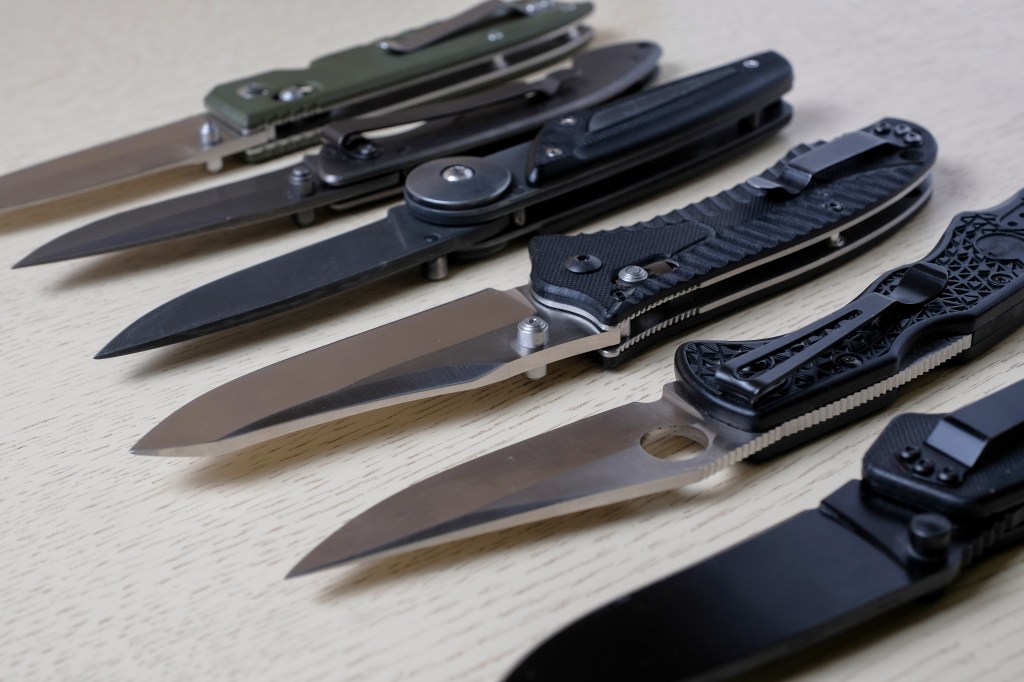
Step-by-Step Guide to Proper Field Dressing
From the first incision to removing the organs, each move has purpose. Knowing where to cut, how to avoid puncturing intestines, and how to control your blade keeps the process clean and prevents wasted meat. Field dressing should be done immediately after the harvest to ensure rapid loss of heat.
Detailed instructions
Position the deer on its back with the head uphill. Balance it by placing rocks under the shoulders and hips to ensure stability. The first cut is the most important as it lays the foundation of a successful dressing. Note that in some states, reproductive organs must remain attached to identify a buck and a doe.
Make sure you’re using a sharp knife. Use your dominant hand as you make the cuts and make a V shape with your other hand’s fingers. Start around the pelvic bone by cutting around the anus, keeping the cut deep and thorough. Tie it with a string. You’ll want to cut the connective tissue to pull the intestines out easily.
Then, clean your knife with a clean paper towel, and make a cut at the base of the stomach carefully to avoid puncturing the organs. Hold some of the hide with your other hand. Position the knife upward, working it inside out to avoid hair, puncturing the gut, and dulling the knife. This cut is meant to go through the hide and abdominal wall.
Removing organs
Position the deer on one side; this helps the entrails spill out. Slowly pull the intestines forward. Avoid puncturing the bladder, as the contents will spoil the meat. Put the entrails and bladder in a separate plastic bag.
Next, reach into the cavity, by the rib cage, to remove the diaphragm. When you cut the diaphragm, avoid cutting the paunch. Reach in the body cavity and grab the throat with one hand, and with the other hand, cut through it. Pull out the innards from the chest cavity to the anus. This should be pulled out in one pull.
Then, roll the deer over on its stomach and drain the excess blood. Place all the organs in a bag. If you want to keep the liver or heart, make sure to keep it separate from the organs you want to discard. With a clean stick, prop open the cavity, and finish cleaning the inside with a paper towel.
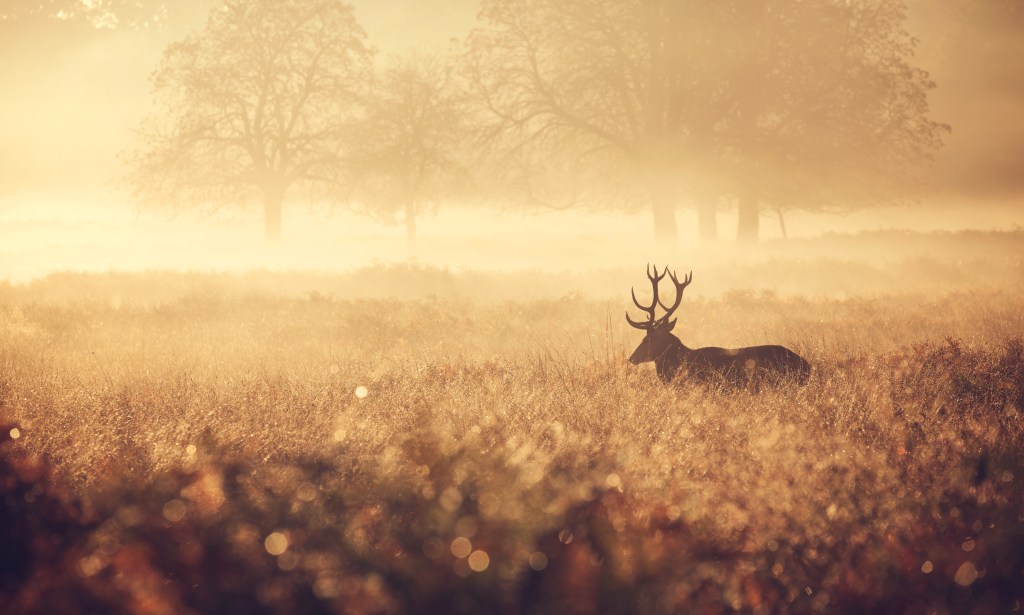
Keeping the Meat Clean and Safe in the Field
When field dressing game, preventing contamination is essential for delivering safe and quality venison. The primary culprits include soil, hair, and bodily fluids that can compromise the meat. By implementing a few key practices, hunters can significantly reduce the risk of contamination and ensure a more appetizing end product.
Gloves
Wearing plastic gloves during the field dressing process is crucial. Gloves provide a barrier between your hands and potential contaminants and maintain hygiene throughout the process. It is advisable to change out soiled gloves frequently, especially after handling any part of the deer that may harbor contamination. Remember to wash your hands promptly to avoid contaminating the area where gloves are stored.
Clean tools
Keeping your tools clean is another vital aspect of preventing contamination. As you work, take the time to clean your tools regularly. Use paper towels and clean water to wipe off any hair or debris that may cling to your tools. This practice helps ensure that you are not transferring contaminants from one part of the deer to another, which is essential for preserving the quality of the meat.
Controlled cuts
The way you approach the actual field dressing is critical in avoiding contamination. It’s important to make controlled cuts rather than being haphazard. Rushing or being careless can lead to puncturing the intestines or bladder, which can contaminate the meat with undesirable bacteria. A helpful technique is to hold your breath as you make cuts; this can help stabilize your hands and ensure precision.
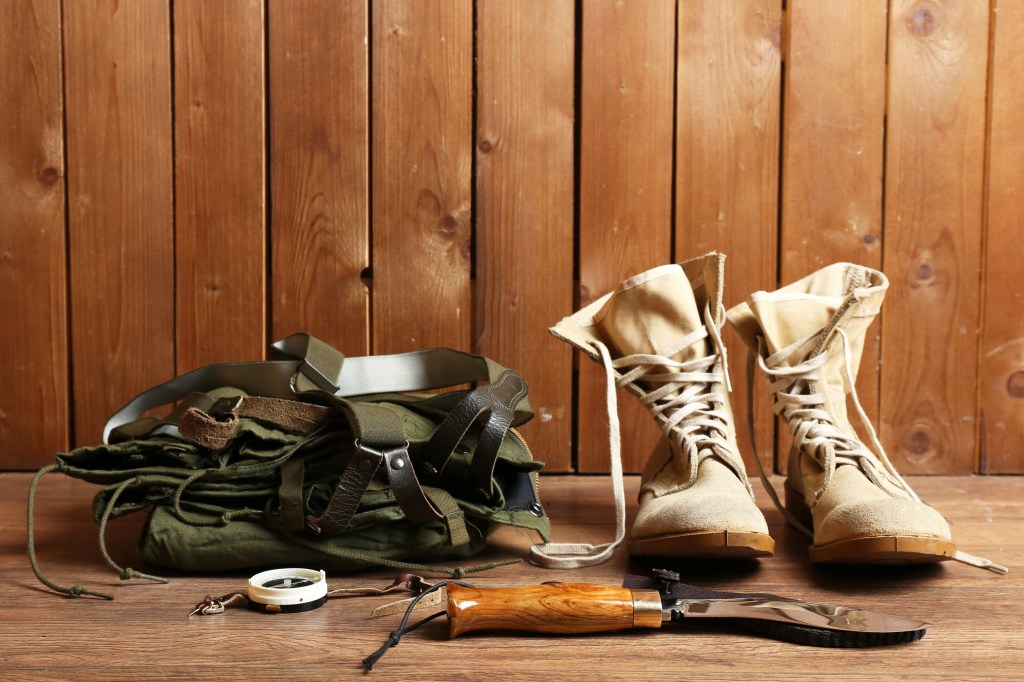
Cooling and Transporting Venison Correctly
Even the cleanest dressing won’t matter if the meat isn’t cooled quickly. Proper cooling is essential for preserving flavor and protecting against bacteria. Even if you are cooling during the cold months, you should follow proper cooling techniques.
Post-field dressing techniques
Cooling begins immediately after field dressing a deer, which should be done promptly after the shot. This practice helps reduce internal body heat and protects the meat from spoiling. In warm weather, placing bagged ice in the empty body cavity can be a useful tactic while transporting the carcass in a chilled cooler.
Heat escape
In cooler weather, hanging the deer by its hind legs allows for better air circulation, which is crucial for cooling. It’s important to keep the body cavity open and use a breathable cloth to shield the meat from insects. Avoid hanging in direct sunlight and refrain from placing the deer in a game bag immediately after field dressing, as this can trap heat.
Preparing for transportation
If you plan to transport the field-dressed deer during warm weather, preparation before your hunt is vital. A cooler should be pre-chilled to maintain a low temperature. When storing the venison, do not place ice packs directly on the meat because melting water can lead to spoilage. However, if the meat is in a game bag, placing the ice pack on top is acceptable.
Temperature control
When driving long distances, it’s crucial to monitor the cooler regularly. Keep an eye on the temperature and remove any warm water that accumulates. Replace ice packs often to maintain cooling. Additionally, adding an extra layer of ice jugs at the bottom of the cooler can help keep the temperature down effectively.
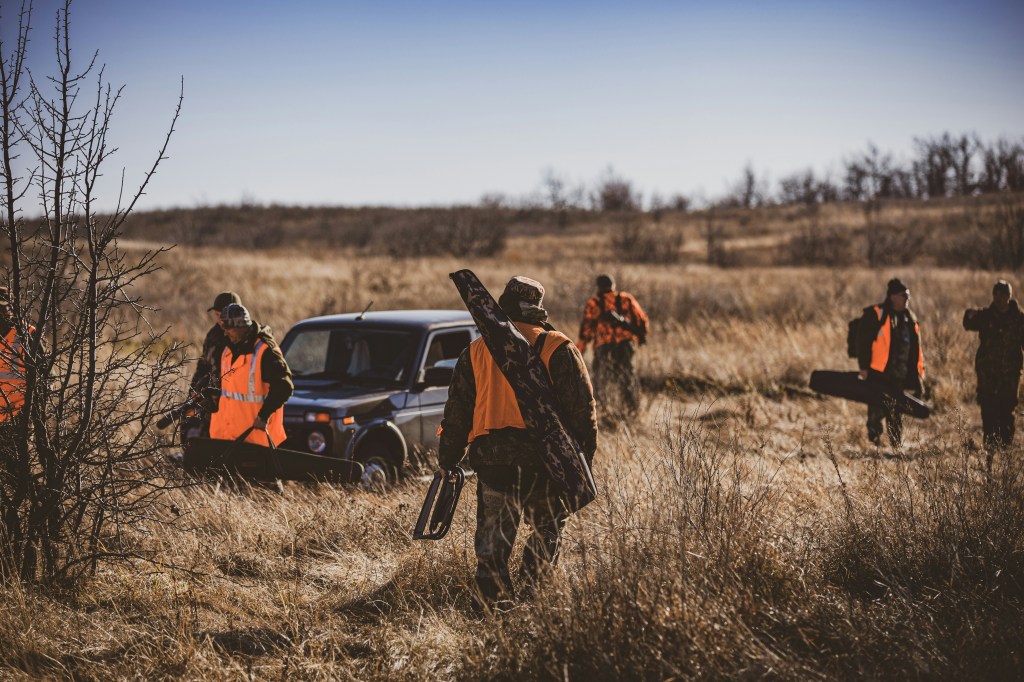
Common Mistakes Hunters Should Avoid
A single mistake – like cutting too deep or skipping gloves – can ruin hours of work. Being aware of common errors in field dressing can help you avoid costly slip-ups that might damage the meat or create unnecessary risks for your health and safety.
Mistakes to avoid
When it comes to gutting a deer, there are several critical mistakes to be mindful of:
- Improper Cutting Techniques: Cutting too deep or making cuts that are too large can compromise the quality of the meat. It’s essential to be precise and controlled during the process to ensure the best outcome.
- Neglecting Personal Safety: Skipping gloves is a serious oversight. Wearing gloves protects you from potential contamination and helps maintain the integrity of the meat.
- Inadequate Transport Methods: Transporting the deer improperly, such as tying it to the roof of a truck, can lead to contamination and spoilage. It’s essential to use safe and sanitary methods when moving your catch.
- Cooling and Cleaning Practices: Ensuring that the deer cools properly is crucial for preserving the meat’s quality. Skipping out on cooling can lead to spoilage and affect the taste and safety of the meat. Additionally, not cleaning knives between cuts can spread bacteria, which poses health risks and can compromise the meat.
- Compliance with Regulations: Lastly, it’s crucial to adhere to your state’s tagging regulations of larger animals. Some regulations require that specific organs remain attached to the carcass during transport and processing. Not following these rules can lead to legal issues and further complications.
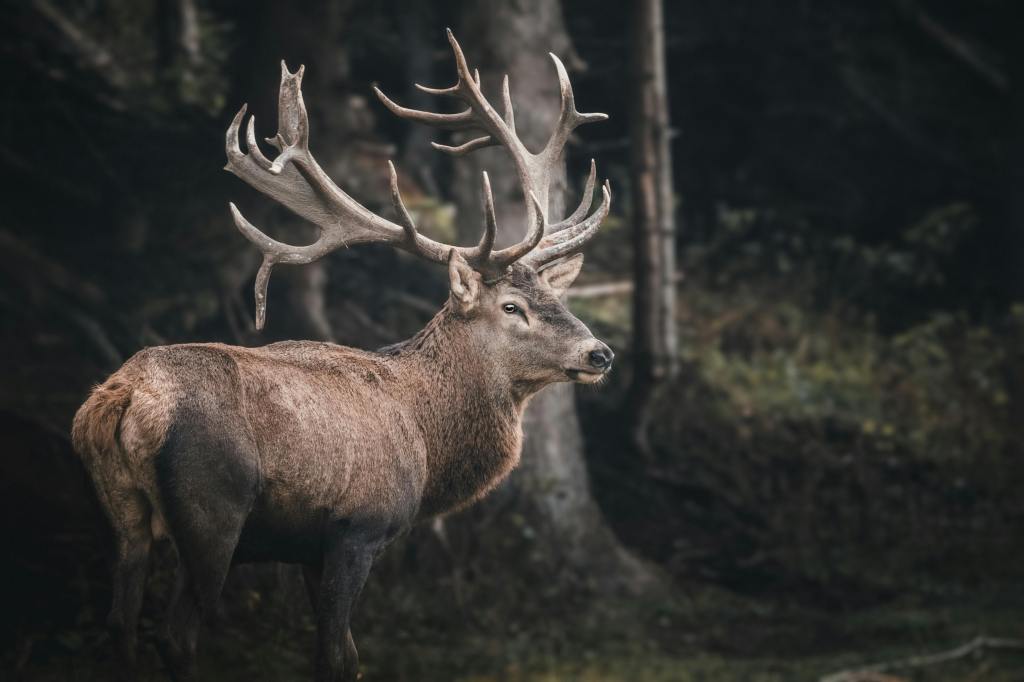
Insurance and Your Hunting Gear Investment
Proper field dressing is essential for preserving your venison, just as insurance is crucial for protecting the tools and firearms that enable your hunt. Having coverage for your knives, rifles, and other hunting gear ensures that you are protected against loss or damage.
Whether you hunt game birds, fish, or large animals like elk, investing in hunting gear insurance is worthwhile. Specialized insurance for guns and knives covers losses from theft, fire, or accidental damage, safeguarding your investment in any situation. Securing the right insurance policy is essential for protecting your equipment and supporting your passion for hunting.
Sources
https://extension.psu.edu/proper-field-dressing-and-handling-of-wild-game-and-fish
https://www.mossyoak.com/our-obsession/blogs/deer/how-to-field-dress-a-deer
https://www.hunter-ed.com/washington/studyGuide/Field-Dressing-a-Deer-Detailed-Instructions/20105003_146575/
https://www.montanaknifecompany.com/blogs/news/how-to-field-dress-a-deer
https://www.fieldandstream.com/stories/hunting/deer-hunting/how-to-field-dress-a-deer
https://www.themeateater.com/watch/how-to-field-dress-a-deer-with-steven-rinella
https://tpwd.texas.gov/education/hunter-education/online-course/hunting-skills-1/field-care
https://www.gohunt.com/browse/tips-and-tricks/field-care/how-to-care-for-wild-game-meat-in-the-field-and-get-it-home-safely
https://blog.redmondhunt.com/harvesting-101-what-to-do-after-you-harvest-a-deer
https://www.outdoorlife.com/hunting/how-to-field-dress-a-deer/
https://www.hunter-ed.com/washington/studyGuide/Transporting-Game/20105003_146312/
https://www.divebombindustries.com/blogs/news/how-to-cool-and-transport-game-meat
